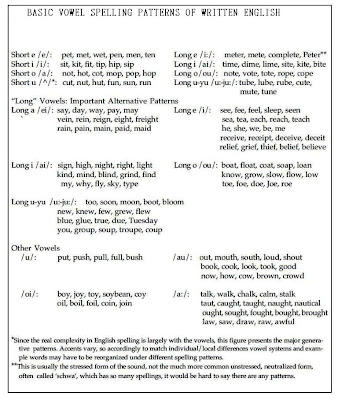"ELT in Japan" Issue 3 (Aug-Sep 2010)

ELT in Japan, Issue #3 (August-September 2010) ELT in Japan , Issue #3 (Aug-Sep 2010) Article 1: Schema theory: Is this set of concepts relevant to TEFL? Article 2: Truespel - the English-Based Phonetic Notation for both ESL and EFL Article 3: Writing Systems Across Languages and Cultures: Implications for Language Teaching and Learning Article 4: Japanese publishers of EFL books for self-study/ 自習のための言語・英語材料の出版社 Article 5: Key Concepts in EFL Literacy: Phonics vs. Whole Language Article 6: Three Phonics, Spelling and Whole Word Activities for EFL Learners Article 7: Should the JET Programme be axed? ------------------- Usage notes: Creative Commons 3.0 applies (unless otherwise noted as copyright of the respective author). This means you are pretty much free to use and/or distribute, but with a couple provisions: (1) you credit and link back to this page, (2) you do not alter without the permission of the author ( Charles Jannuzi, jannuzi@gmail.com ).

